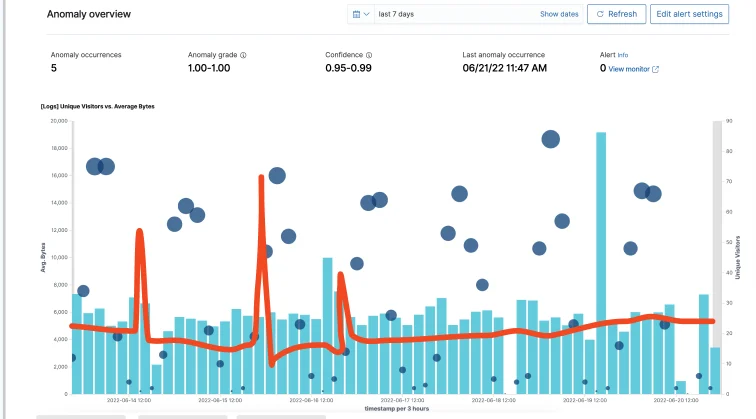
It’s 7 AM. You’re grabbing coffee when your phone buzzes with a Slack notification that makes your stomach drop:
“Daily AWS usage report shows 40% revenue decline. All hands meeting in 30 minutes.”
If you’re running a consumption-based SaaS product on AWS, Azure, or Google Cloud, this nightmare scenario isn’t hypothetical—it’s Tuesday.
The Hidden Fragility of Cloud-Based Billing
Most cloud-native SaaS companies have built their entire revenue operations around one critical assumption: that hyperscaler consumption reports are accurate and timely.
These reports trigger everything:
- Customer billing cycles
- Revenue recognition
- Sales commission calculations
- Financial forecasts
- Executive dashboards
- Investor reporting
But here’s what every SaaS leader learns the hard way: cloud consumption reports are as good as your telemetry, invisible and unreliable.
The Anatomy of a Billing Crisis
Let’s walk through what actually happens when your AWS usage report shows that phantom 40% drop.
Hour 1-2: Panic Mode
- Emergency meetings get called
- Engineering scrambles to check for outages
- Finance questions the numbers
- Sales worries about churn
Hour 3-6: Manual Investigation
- Someone manually spot-checks transaction volumes
- Team compares customer counts to last week’s averages
- You realize this “feels wrong” but have no systematic way to prove it
Hour 7-12: The Chase
- Submit support tickets to AWS/Azure/Google
- Wait for human responses while your billing pipeline stalls
- Exchange dozens of emails with screenshots and CSV files
Hour 13-24: Damage Control
- Your Snowflake instance has already processed the bad data
- Downstream systems show incorrect metrics
- Account managers field confused customer inquiries
- Leadership loses confidence in your data
Days 2-5: Recovery
- Hyperscaler finally acknowledges the data issue
- They regenerate the report (maybe)
- You manually fix downstream systems
- Everyone pretends this won’t happen again
The Real Cost of “Chasing the Numbers”
This isn’t just about one bad day. SaaS companies running consumption-based models deal with data inconsistencies constantly:
- Late reports that delay monthly billing by days
- Missing data points that require manual reconstruction
- Format changes that break automated pipelines
- Partial outages that affect only certain regions or services
The hidden costs add up quickly:
- Engineering time spent on manual data validation
- Compute waste from processing incorrect data
- Delayed customer billing affecting cash flow
- Executive time spent in “what went wrong” meetings
- Eroded trust between teams and with customers
A Better Way: Automated Sanity Checks
Smart SaaS companies are moving beyond reactive fire-fighting to proactive data validation. Instead of discovering problems after they’ve cascaded through your entire system, automated workflows can:
1. Pre-validate incoming data
- Check if transaction volumes align with historical patterns
- Verify customer counts against expected ranges
- Flag unusual spikes or drops before processing
2. Alert the right people instantly
- Notify data teams of anomalies before they hit billing
- Include context about what looks suspicious
- Route issues to appropriate resolution workflows
3. Pause downstream processing
- Stop ETL pipelines from ingesting bad data
- Prevent waste of compute resources
- Maintain data integrity across systems
4. Automate resolution workflows
- Generate support tickets with relevant context
- Track hyperscaler response times and escalate when needed
- Coordinate communication across affected teams
The Bottom Line
Your SaaS revenue is too important to depend on hope and manual spot-checks.
Companies that automate their data validation workflows don’t just avoid billing crises—they build competitive advantages through faster, more reliable revenue operations.
The question isn’t whether your cloud consumption data will be wrong again. The question is: Will you catch it before it damages your business?
Tired of chasing down data issues that should never reach your billing pipeline?
Let’s talk about automating your validation workflows. Give us a call.
